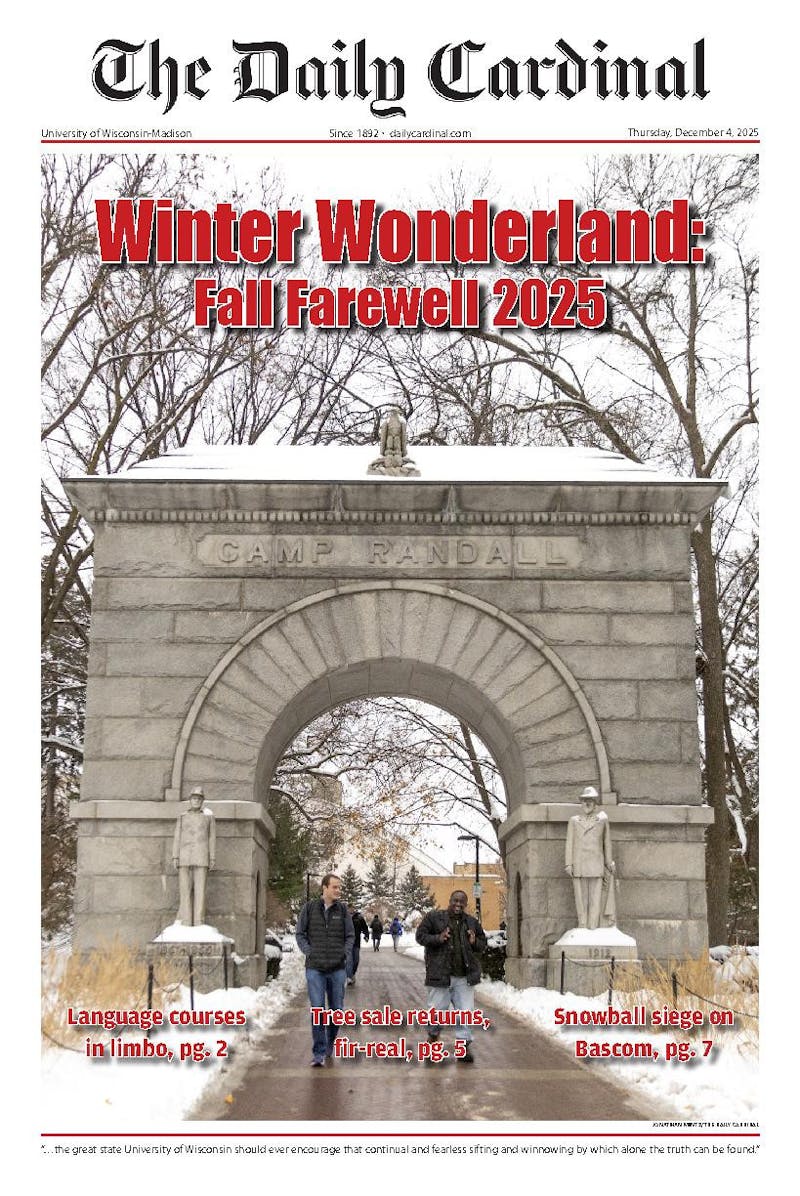A study released Wednesday by UW-Madison’s Institute for Research on Poverty shows government safety net programs such as tax credits and food assistance have decreased poverty rates in Wisconsin to levels lower than official 2010 census data suggests.
Official census study methods developed in the 1960s depend solely on pre-tax cash income and discount the effects of government aid programs.
“The long-term solution to poverty is a secure job that pays well, not an indefinite income support program,” said IRP Director Tim Smeeding. “But our report shows that in times of need, a safety [net] that enhances low earnings for working families with children …makes a difference in combating market-driven poverty.”
The report said there is a 10.3 percent overall state poverty rate, a 10.8 percent child poverty rate and a 9.8 percent elderly poverty rate. The overall and child rates are both lower than official, census provided rates, which show a 13 percent overall rate and an 18.6 percent rate for children.
The census’ elderly poverty rate, 7.6 percent, was the only one that showed a higher rate than the study’s measure. The IRP attributed the higher rate to seniors’ out-of-pocket medical expenses that are neglected in the official numbers.






